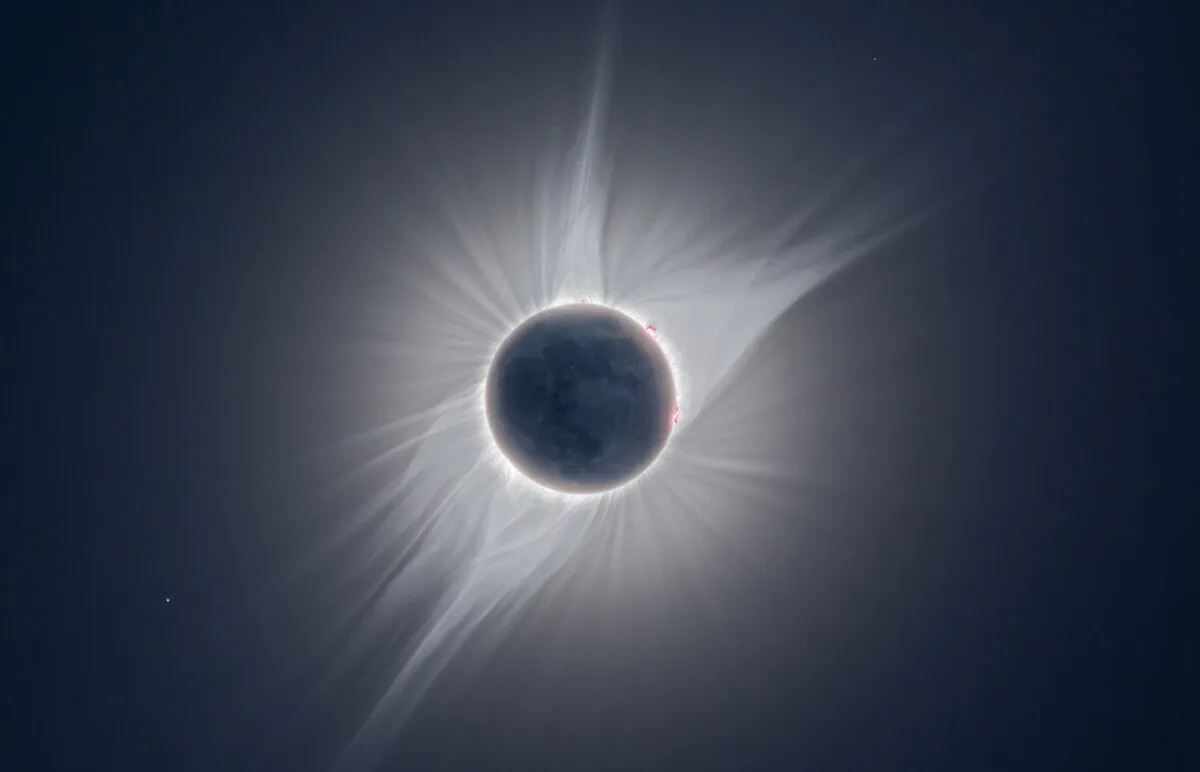NASA is calling on volunteers to help capture photographs of the April 8 total solar eclipse for a citizen science project called the Eclipse Megamovie.
It's hoped that images captured by photographers across North America could help solar scientists better understand the relationship between the Sun and Earth.
Photos of the eclipse captured as part of the project will contribute to three NASA-funded citizen science projects, but volunteers only have until 18 March to sign up.
Studying the corona

The aim is to study the corona, the outer layer of the Sun, and a total solar eclipse is the perfect time to do this because the Moon blocks out the entirety of the solar disc, leaving just the wispy corona visible.
The corona is the origin of the solar wind, a stream of charged particles emanating from the Sun that affects Earth and other planets in the Solar System.
The issue with capturing images of a totally eclipse Sun, however, is that totality doesn't last very long.
During the April 8 eclipse, totality will last about 4.5 minutes, which isn't enough time for effective observations of the corona.
However, by selecting photographers situated along the 'path of totality' - the narrow strip across North America from where a total solar eclipse will be visible - NASA hopes to effectively extend totality for over 90 minutes.
The Eclipse Megamovie will combine images captured by photographers to produce a movie showing activity in the corona that would otherwise be hard to see.

Capturing the Eclipse Megamovie
Volunteers participating in the project will use DSLR cameras on tracking mounts that can follow the Sun's position in the sky and capture changes in the corona during the eclipse.
Over 70 people situated along the path of totality have been sent tracking mounts, and over 80 additional photographers who already have their own equipment have joined the project.
NASA says others are welcome to join, but interested photographers need to sign up to the Eclipse Megamovie project by 18 March.
The project is led by Laura Peticolas of Sonoma State University in California.
"Citizen scientists are the perfect volunteers for this type of research," Peticolas says.
"They're coming with their own cameras. They're coming with the expertise on how to use those cameras. They're coming with enthusiasm. And with this group of amazing volunteers, we're going to get a dataset that is literally impossible to get in any other way."
The project is also seeking volunteers with experience in databases, Python coding and machine learning to help process the images and reveal changes in the corona.
To find out more and sign up, visit the NASA Eclipse Megamovie page

